Common Misconceptions About Using AI Content Generation Tools Legally
Generative AI tools have triggered a new wave of content creation on social media, but that's not all they're doing. From marketers to filmmakers to the average consumer, everyone is using generative AI tools to create a variety of content. Having used a variety of tools, such as video editing tools and image editing tools, the average consumer has an intuitive understanding of how content ownership and copyrights work in relation to these tools, and they believe that the same rules apply to AI-generated content as well. They couldn't be more wrong. AI content is a whole other beast that requires careful consideration and scrutiny before you invest your time, energy, and money in it.
Part 1: "It's Just for Learning, So It's Fine."
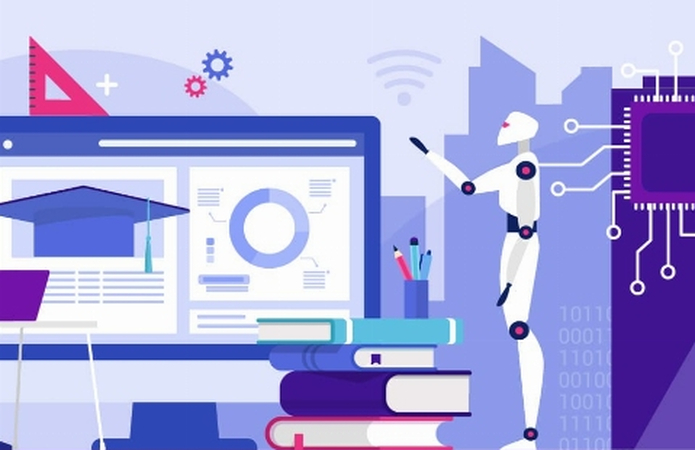
Anyone who has operated in the educational domain understands that schools and colleges often use copyrighted materials, especially those in the public domain, without obtaining explicit permission from the creators. For instance, it's common to use YouTube videos to really drive home a difficult topic or concept. So, why should it be any different with AI content? At least, that's how they rationalize it. So, they use AI to create educational content for classrooms and then publish it online, which promptly lands them in legal trouble.
Here's the thing: educational content is not exempt from copyrights. If you used AI to create educational content for classrooms or other closed community environments, that may be legal in most cases. However, publishing it online is not unless you have the proper rights to the content. In short, you can use AI content for classroom learning or closed community online learning but not for public distribution.
Part 2: "AI Made It, So I Own It Automatically"

The laws surrounding AI-generated content are still in the making. However, broadly speaking, any AI content you create does not automatically become yours. There are several factors that influence AI content ownership. For one, the content must be created with substantial human input. Prompts, edits, customizations, and other modifications must be actively created by one or more humans for the content to be deemed worthy of human ownership.
Secondly, AI content ownership rules change significantly between jurisdictions. Generally, in Western jurisdictions, such as the US and the EU, AI content ownership is granted to authors only if they have made a substantial contribution to the creative process. China, on the other hand, has been more lenient in granting AI content ownership as long as some human contribution is involved.
Thirdly, the AI platform you use for creating the content may have complete or partial ownership of any content you create using their tools. Therefore, check their policies before signing up with them.
Part 3: "If It's Free to Use, I Can Do Anything with It"
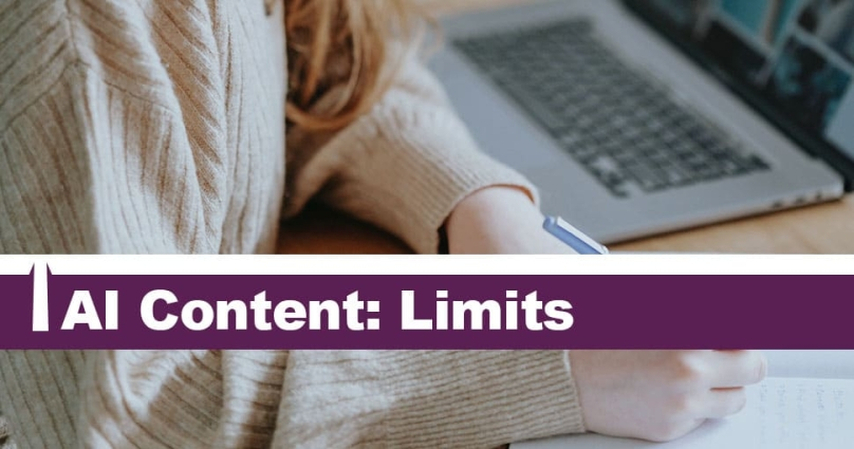
Ready for some bad news?
Free doesn't mean free!
Let us explain. There are varying degrees of free, and some of them come with strings attached. For instance, just because an AI tool is free to use does not mean that you can do whatever you want with the content it creates for you. It may be free for personal use but not for commercial purposes. The AI platform's terms of use may grant them partial ownership of the tool, giving them the right to use and distribute the AI content you create however they deem fit. The possibilities are many.
Here are some rules of thumb to follow when creating AI content, even if the content or the AI tool is free:
- Read the terms of use of the AI platform thoroughly, paying special attention to licensing policies
- Ensure you have the proper rights of use, whether it's personal, commercial, educational, or other.
- Tools like HitPaw give you complete ownership over the AI content you create using them. Stick to such tools whenever possible.
- Ensure you understand the boundaries of what 'free' means in the context of the AI platform you're using and the content it generates.
Part 4: "I Used AI Just to 'Help' - So I Don't Need to Mention It"
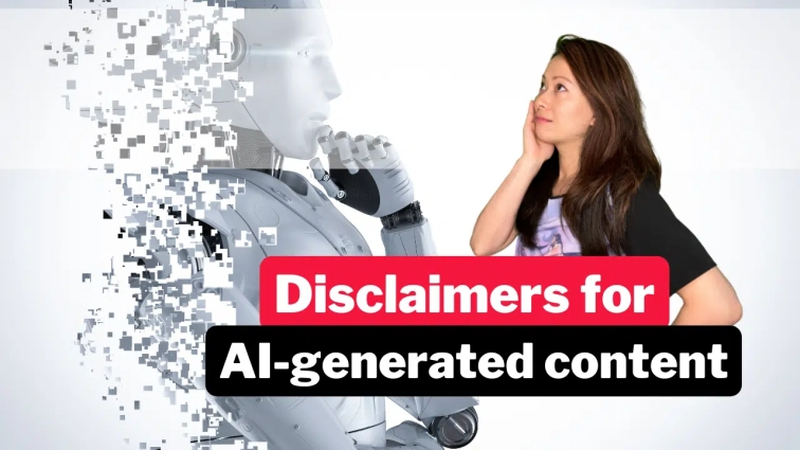
In general, whenever you receive any external assistance in creating your content, you should disclose it. And that applies to AI inputs as well, even if they are just research inputs.
In academic and professional contexts, where the stakes are high, any use of AI must be disclosed not only for transparency purposes but also for legal and ethical concerns. In academic settings, teachers may evaluate you on your research skills, writing skills, critical thinking skills, innovation, and other cognitive abilities. Using AI for research or even correcting minor grammatical errors is misrepresentation at best and outright cheating at worst.
Likewise, professionals who use AI must disclose the extent of their use in their work. After all, the client hiring an expert is looking for human work, not AI output. Furthermore, in high-trust contexts such as journalism or the judiciary, the consequences of hiding an AI contribution could be disastrous. Readers trust the journalist's capability to perform in-depth research and present facts rather than just regurgitate AI-generated answers, which anyone can do. The infamous case of AI hallucinating citations that never existed is a seminal example that demonstrates the consequences of over-reliance on AI, the high cost of mistakes by AI, and the repercussions of hiding AI contributions in high-stakes projects.
Part 5: "As Long as I Don't Sell It, I'm Safe"
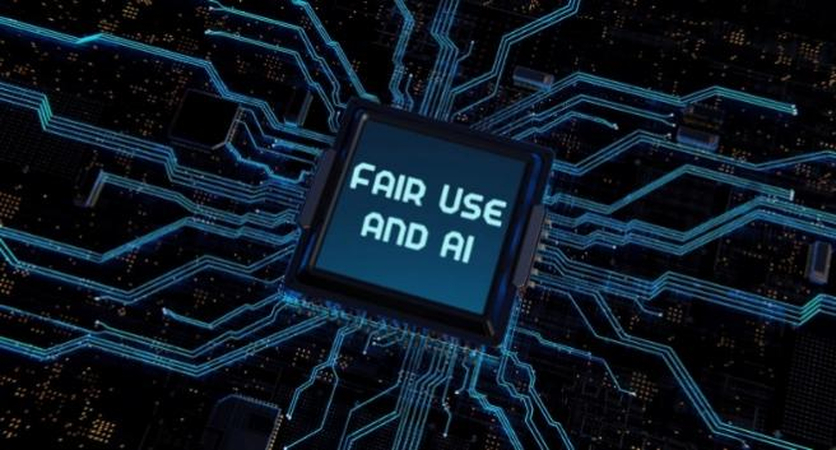
The blanket immunity for using AI content for personal purposes isn't as bulletproof as you may think. Sure, commercial distribution may exacerbate the legal risks, but there are other inherent risks associated with using AI content in the first place. For instance, if the AI model is trained on datasets acquired without explicit permission from the original author, any output based on such training material would be deemed infringing on copyrights, whether it's intended for personal or commercial use.
Furthermore, if the AI-generated content closely matches the work of a human author, it may be considered derivative and, therefore, constitute copyright infringement. Making things worse, "fair use" protection isn't available in all jurisdictions worldwide. Even when they do, the protection they offer varies significantly.
To avoid unnecessary legal risks arising from using AI content, even if you're not selling it, follow these tips:
- Whenever in doubt, add a disclaimer that you've used AI in creating the content
- Never copy a real human being's work, style, characteristics, or likeness without explicit permission from them
- Always use AI platforms that actively educate you on what is allowed and what is not. The more transparent they are, the more likely their work is to be legally compliant.
Conclusion
AI tools are cool and can help you create things like videos, pictures, or stories quickly. But if you're not careful, you could be breaking the law without even knowing it. Even if the AI is free to use, there are still rules about who owns the content, how it's used, and when you need to give credit. If you want to stay safe and follow the rules, it's best to use trusted all-in-one AI tools like HitPaw, which simplify the legalities surrounding the use of AI content. With HitPaw, you get clear, transparent, and detailed explanations on how to use AI content and the associated limitations, providing you with complete certainty regarding your AI-generated content.


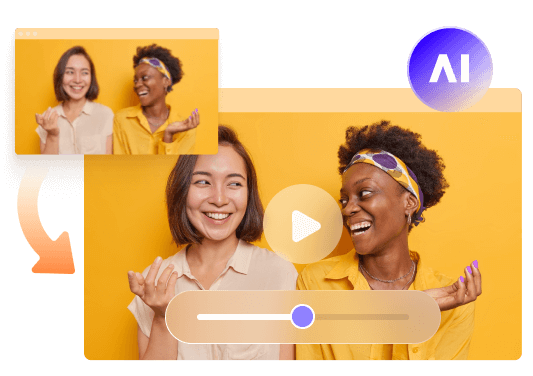




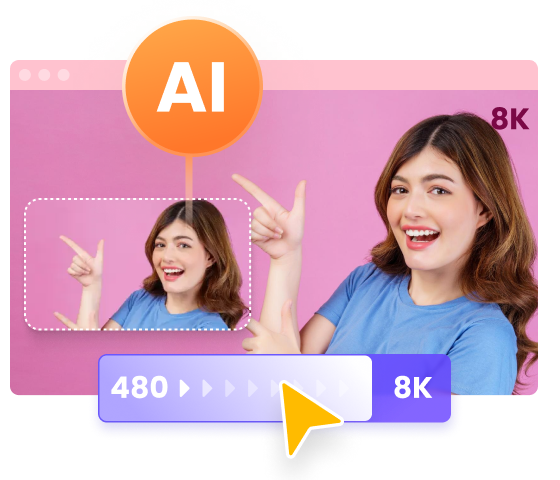
 HitPaw Univd (Video Converter)
HitPaw Univd (Video Converter)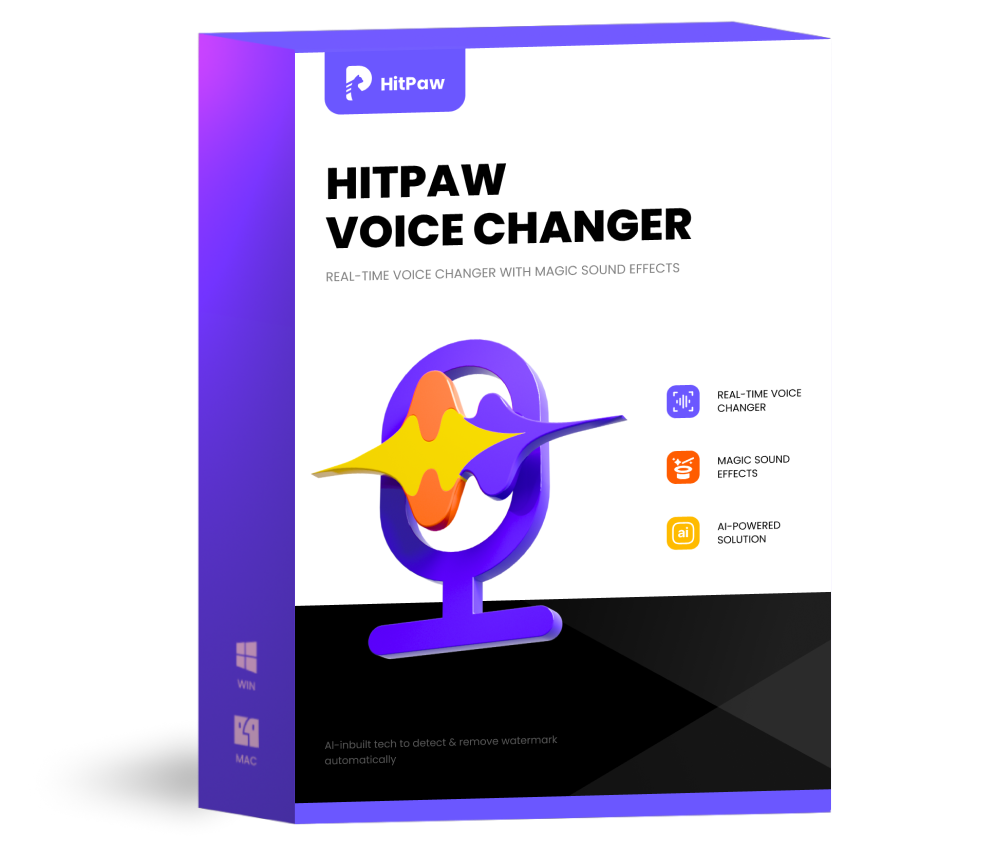 HitPaw VoicePea
HitPaw VoicePea 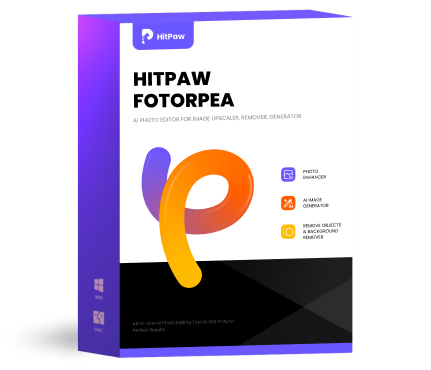 HitPaw FotorPea
HitPaw FotorPea



Share this article:
Select the product rating:
Daniel Walker
Editor-in-Chief
This post was written by Editor Daniel Walker whose passion lies in bridging the gap between cutting-edge technology and everyday creativity. The content he created inspires the audience to embrace digital tools confidently.
View all ArticlesLeave a Comment
Create your review for HitPaw articles